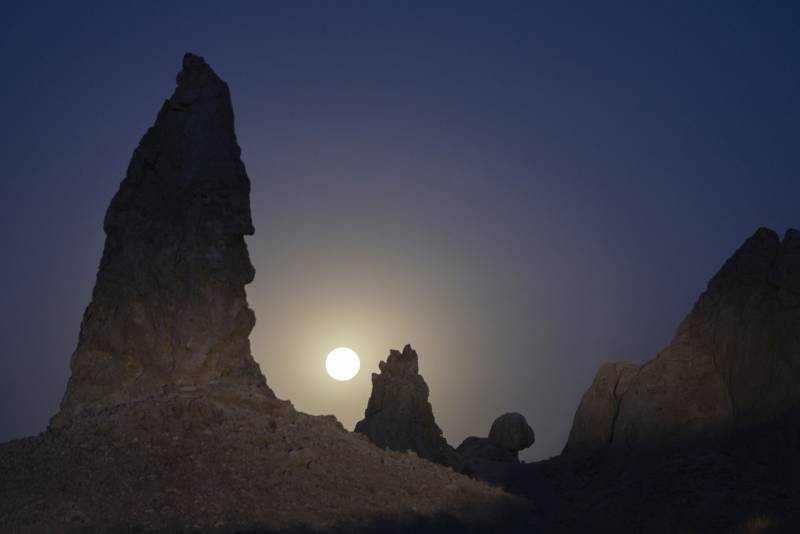The Strawberry supermoon rose over fields, buildings and wild landscapes around the globe. Here’s a sampling of photos.
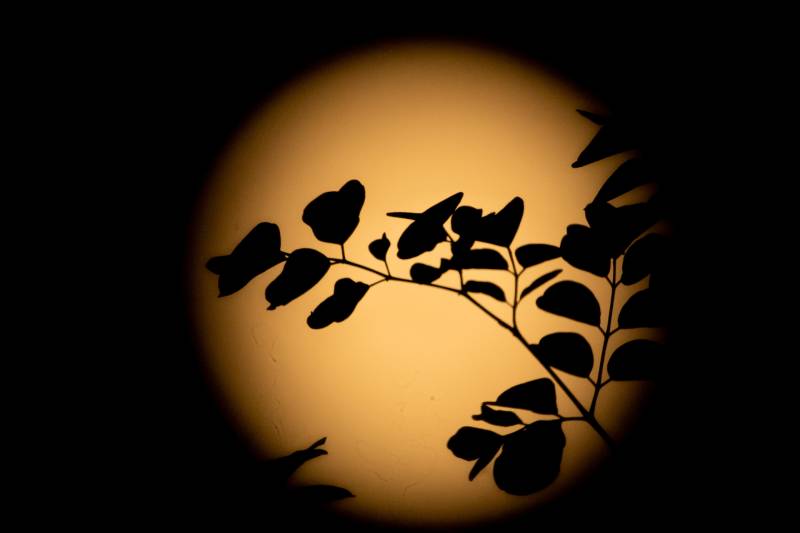
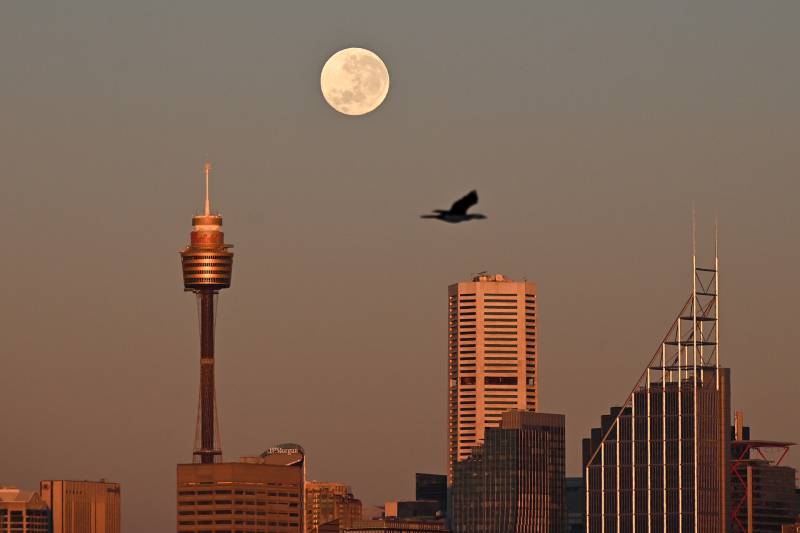
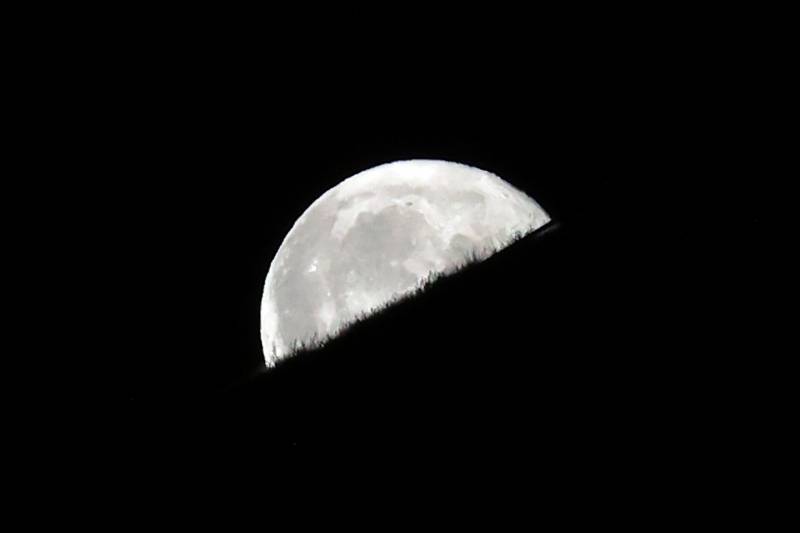
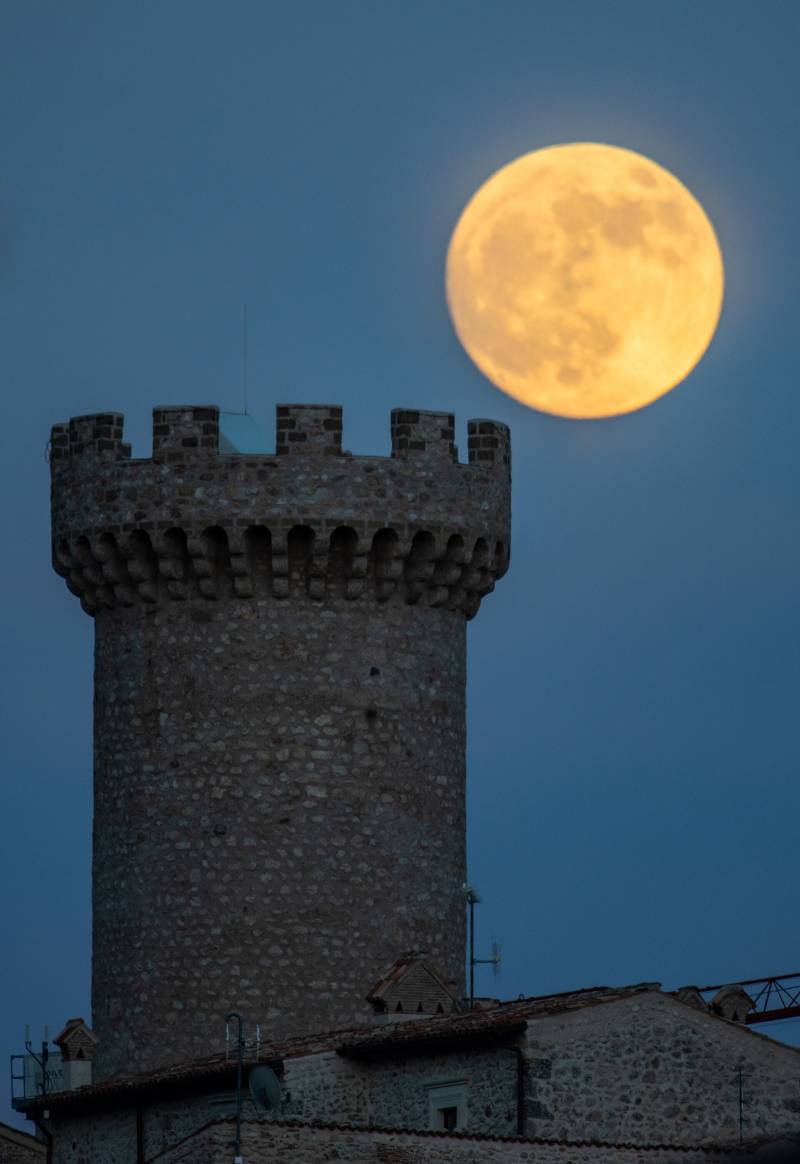
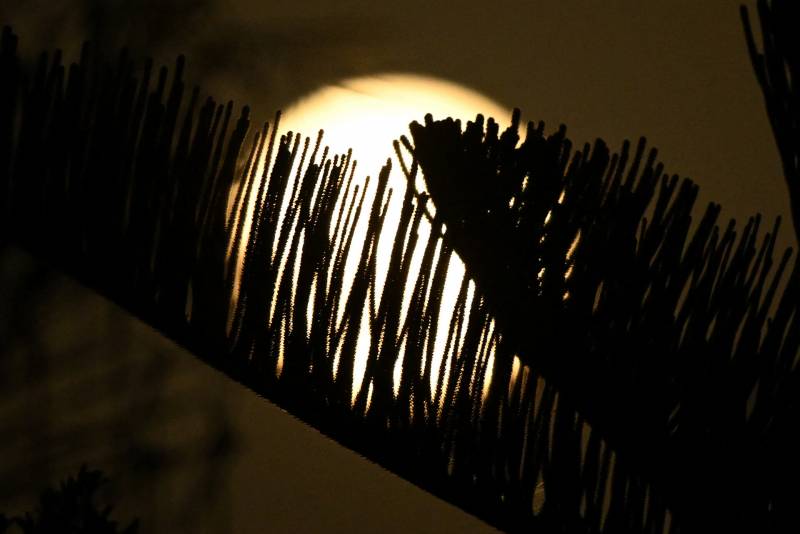
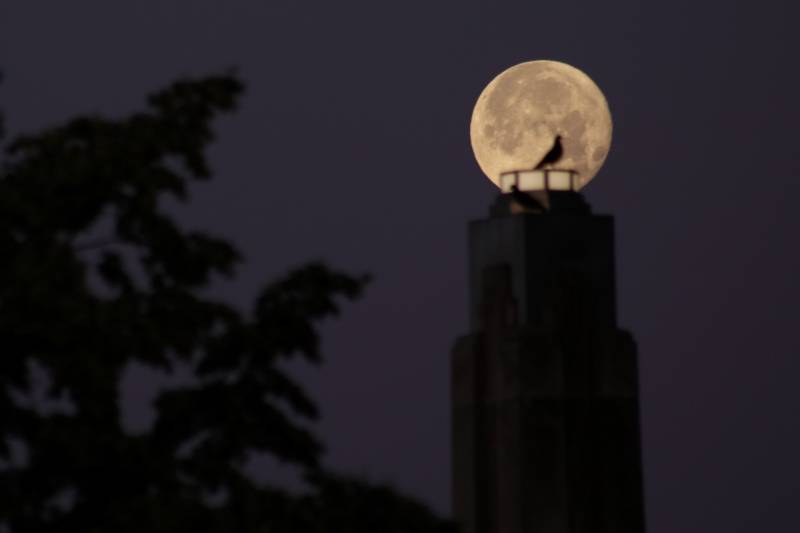
Original Post, Published June 10, 2022:
Are you ready to see something super in the night sky? If your answer is “always,” you’re in luck: June and July bring us super-sized full moons this year — bigger, brighter supermoons.
Full moons on June 14 and July 13 take place when the moon is near its closest point to Earth in its elliptical orbit, called its perigee — 26,000 miles closer than its greatest distance.
Bigger and brighter
This makes a supermoon look larger and more dazzling than a typical full moon. Compared to when it is farthest from Earth, called its apogee, the moon will look 15% larger and 30% brighter.
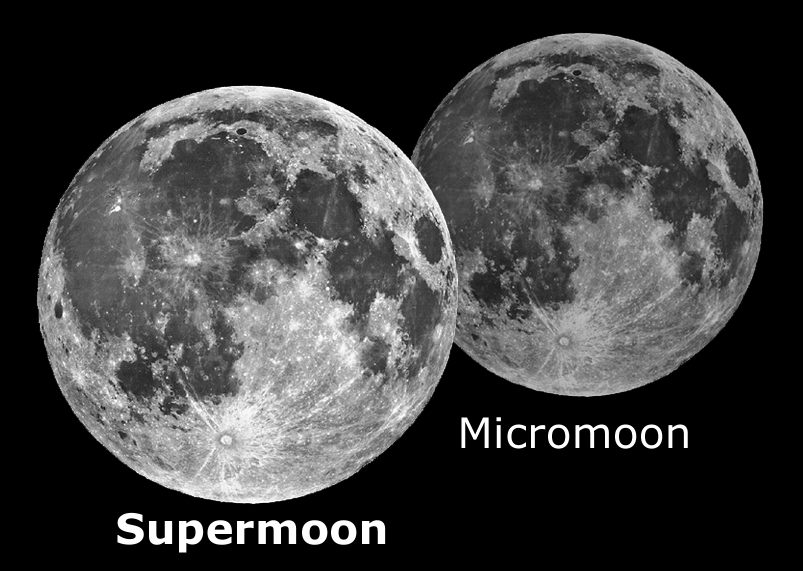
If you could compare the full moon at apogee (sometimes called a “micromoon”) and the perigee supermoon side by side, the difference in size would look the same as a penny and a nickel held at arm’s length.
“Supermoon” has no official astronomical definition, but is a popular term for a full moon, or a new moon, close to perigee — how close depends on whom you ask. If you want the scientific term for this event, it’s called a “perigee syzygy” — a syzygy (SIH-zih-gee) being when Earth, the moon, and the sun all fall into a straight line with each other.
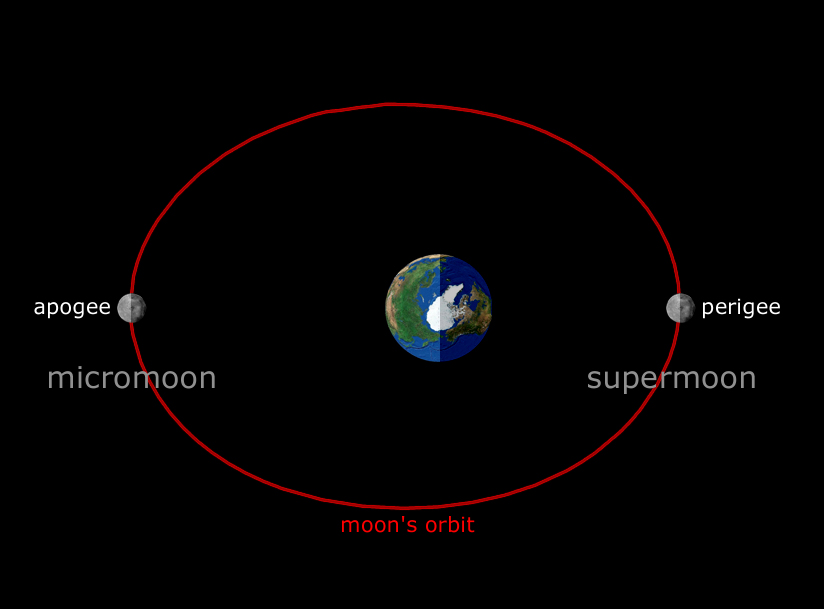
Best time to enjoy a supermoon
The full moon rises around sunset and remains in the sky all night long, setting around dawn. But to maximize your viewing experience, catch the moon when it is near the horizon — just after moonrise or as moonset approaches.
At these times, the moon may appear extra large, by virtue of what is called the “moon illusion.” It’s a trick of perception our brains play on us that makes the moon appear notably larger when close to the horizon.
It is not fully understood why we see this, but one idea is that when the moon is near the horizon, our brains judge its distance in the realm of earthly objects (trees, hills, buildings) and adjust its perceived size accordingly, fitting it into the landscape.
During a supermoon, when the moon’s disk is actually larger than usual, the illusion may be enhanced, producing a lunar orb over the landscape that poets write about and artists can’t resist painting — perhaps enlarging it even more with license of their imagination.
Tides: higher highs, lower lows
The powers of a supermoon go beyond how big and bright it appears. The closer the moon is to Earth, the greater its gravitational influence on ocean tides.
During a supermoon (full or new), the difference between high and low tide is about two inches greater than usual — subtle, but maybe you’ll see a few more tide pools and the creatures within.
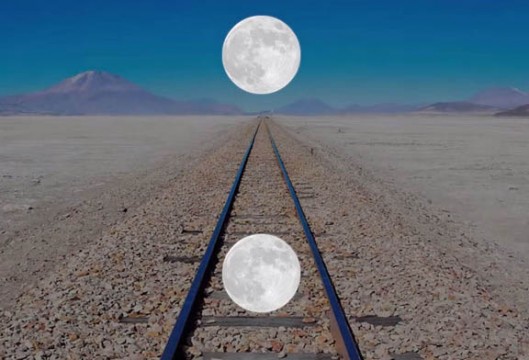
Super strawberry moon?
June’s full moon might be called a super strawberry moon, and July’s a super buck moon. No, these are not the names of characters out of an epic anime saga.
Full moons have proper names given to them by different cultures to mark the time of year they take place. You may have heard of the harvest moon of autumn.
Several Native American tribes named June’s full moon a strawberry moon after the time of year when berries begin to ripen. Other cultures have named June’s moon honey moon, horse moon or hot moon, among others. Similarly, July’s full moon has been called hay moon and thunder moon.
Whatever you care to call them, the full moons of June and July are one of the night sky’s celestial wonders. Host a super moon viewing!
